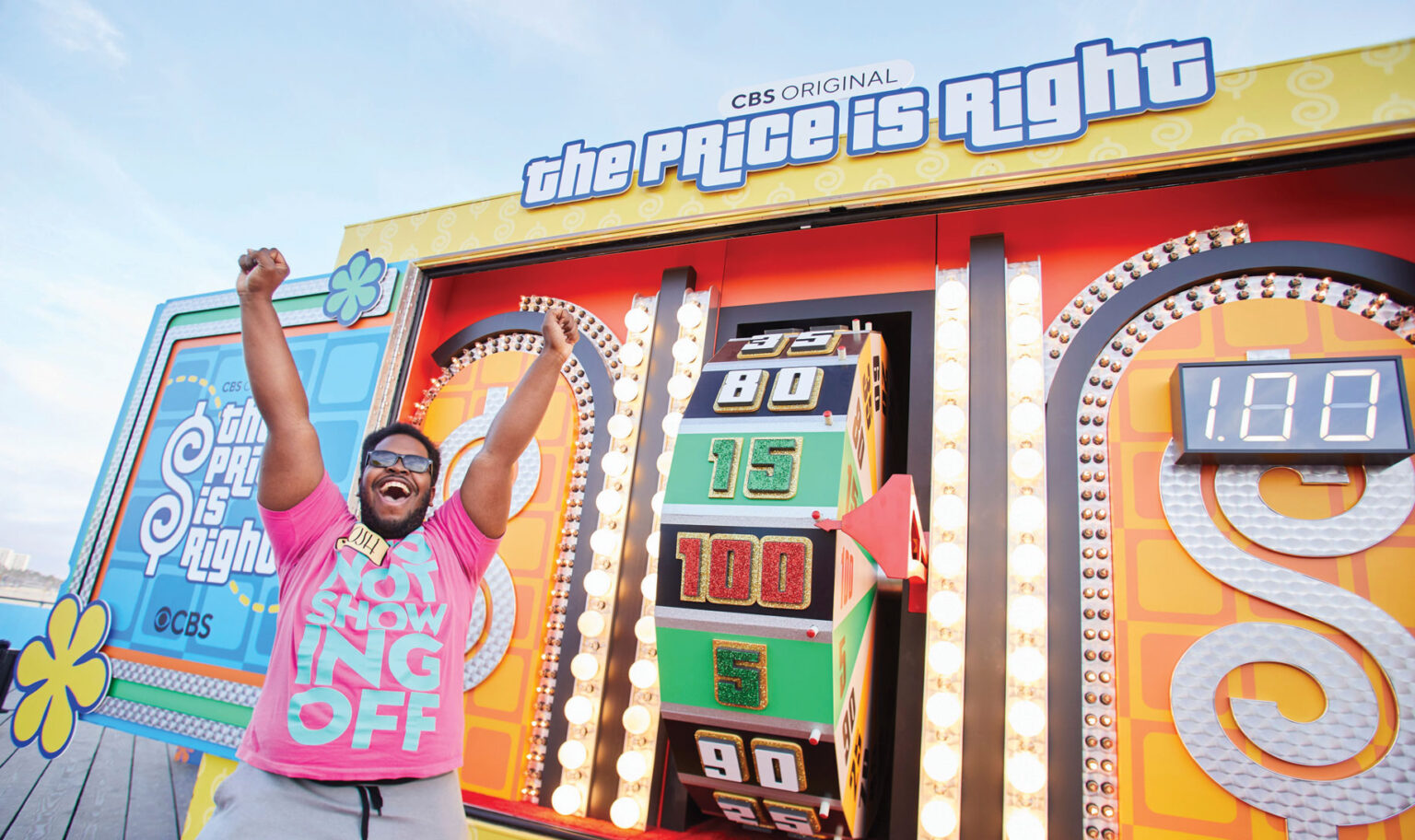In today’s fast-paced digital world, engaging with your audience requires more than just visual appeal or straightforward messaging. As a professional marketer, I’ve witnessed the power of experiential design in creating immersive brand experiences that resonate deeply with consumers. But what exactly is experiential design, and how can it transform how brands interact with their audiences? Let’s dive into the essence of experiential design and explore its pivotal role in contemporary marketing.
The Essence of Experiential Design
Experiential design is an innovative approach that combines elements of space, technology, and storytelling to create immersive environments that engage the senses and evoke emotions. It goes beyond traditional design by creating experiences that are not just seen or heard but felt. This methodology aims to build a deeper connection between the brand and its consumers, turning passive observers into active participants.
The Role of Experiential Design in Marketing
In marketing, experiential design serves as a bridge between brands and their target audiences. It transforms conventional advertising into interactive experiences, making the brand memorable and fostering a stronger emotional bond with consumers. Here’s how experiential design is revolutionizing marketing strategies:
- Enhancing Brand Engagement: By offering interactive experiences, brands can captivate their audience’s attention more effectively than through traditional media alone.
- Creating Memorable Experiences: Experiential design leaves a lasting impression on consumers, increasing brand recall and loyalty.
- Encouraging Social Sharing: Unique experiences are often shared on social media, expanding the brand’s reach and generating organic publicity.
- Personalizing Brand Interactions: Tailored experiences make consumers feel valued, deepening their connection with the brand.
Critical Elements of Successful Experiential Design
A successful experiential design integrates several vital elements to ensure a captivating and meaningful experience:
- Storytelling: A compelling narrative that resonates with the audience is at the heart of experiential design. It provides context and depth to the experience.
- Interactivity: Engaging the audience through participation and interaction makes the experience more impactful and memorable.
- Sensory Engagement: Utilizing multiple senses enhances the immersive quality of the experience, making it more vivid and real.
- Emotional Connection: Creating emotional touchpoints within the experience fosters a stronger consumer and brand bond.
Implementing Experiential Design in Marketing Campaigns
Incorporating experiential design into marketing campaigns requires creativity, strategic planning, and understanding your audience’s preferences and behaviors. Start with a clear objective, whether raising brand awareness, launching a new product, or enhancing customer loyalty. From there, design an experience that aligns with your brand identity and values, ensuring it’s accessible, inclusive, and resonates with your target demographic.
Experiential design is not just a trend but a transformative approach that redefines the relationship between brands and their consumers. As a professional marketer, leveraging the power of experiential design in your strategies can elevate your brand, create meaningful connections, and drive engagement in unprecedented ways. By focusing on creating experiences that are immersive, interactive, and emotionally resonant, you can ensure your brand not only captures attention but also wins hearts.



